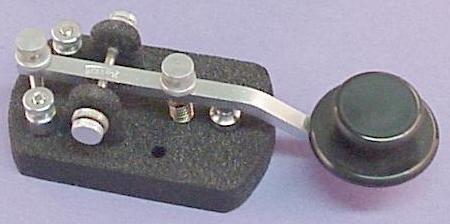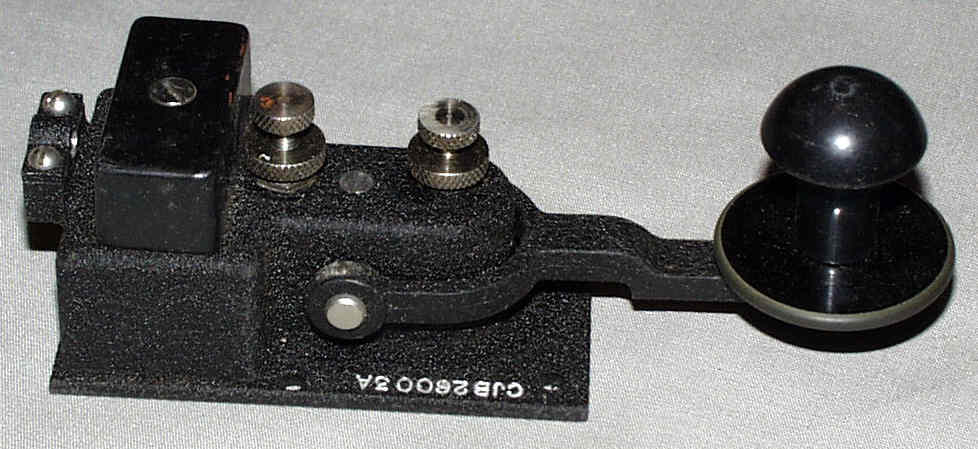Shining the keys
The guy at the trophy store helped me out today. I have a small collection of Morse keys that need something more substantial for their respective bases, and he managed to find a half-dozen rectangular polished pieces of marble for a price that was better than fair. In his business, these are the foundation of something much larger. After all, who wants to be recognized as the “World’s Best” with a trophy mounted on cheap plastic.
My keys all have a story to tell (or so I like to believe). The mainstay for the last twenty years started life as a training tool, helping fledgling radio operators to separate their dits and dahs. I like the feel of the key, but the base came from a piece of wood provided by “Michael” one winter when my radio provided the only reliable method of communication from a tiny windswept island. Lots of memories, but due for an upgrade.

Another key came from a previous role in the Navy (or so the story goes). Used in an environment where a wanton spark could provoke an explosion, this one is sealed against the world. It is going to require some work before the key is ready for presentation, or use. However, others have provided the roadmap for disassembly and cosmetic improvement, so the project has hope.

This evening, I took the most Canadian of my keys out from storage. The key was manufactured by Westclox, when the need for military hardware was more important than cheap alarm clocks, and is not pretty. Utilitarian would be a polite description. I have had another of this particular model, acquired back thirty years ago when war surplus stores actually had radio junk on the shelves. That one even boasted the black breadloaf casing that is rarely seen any more. This evening, I took a small wire brush and removed some of the patina from the metal parts. The key looks better now (that may not seem important to some). Apparently this model of key was used with the Wireless Set No. 19, which I’ve seen but never operated. My original came with a leg strap, but this one has only the Bakelite base.



